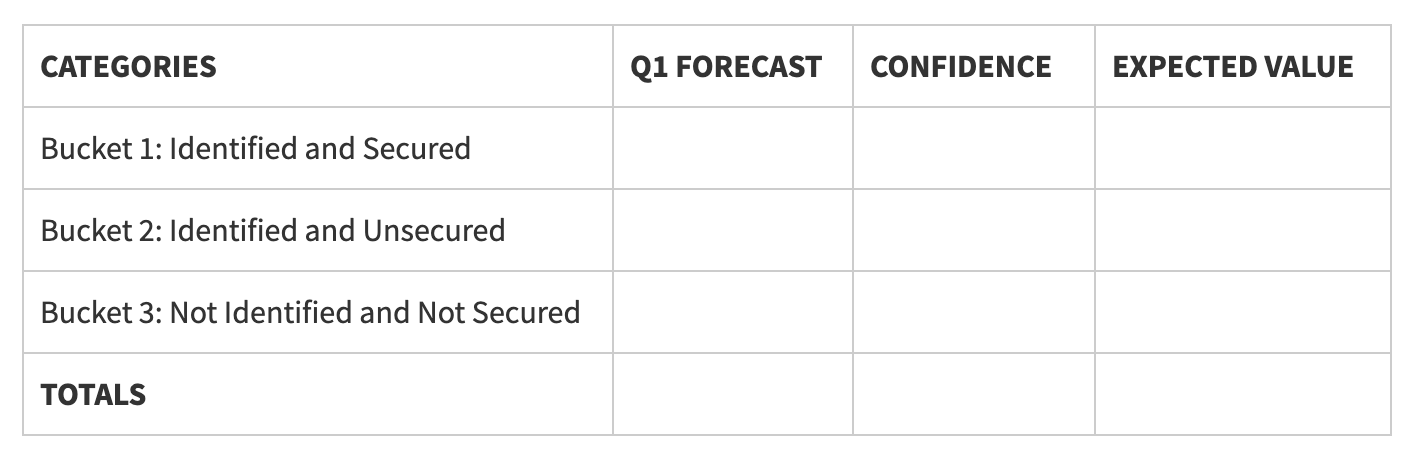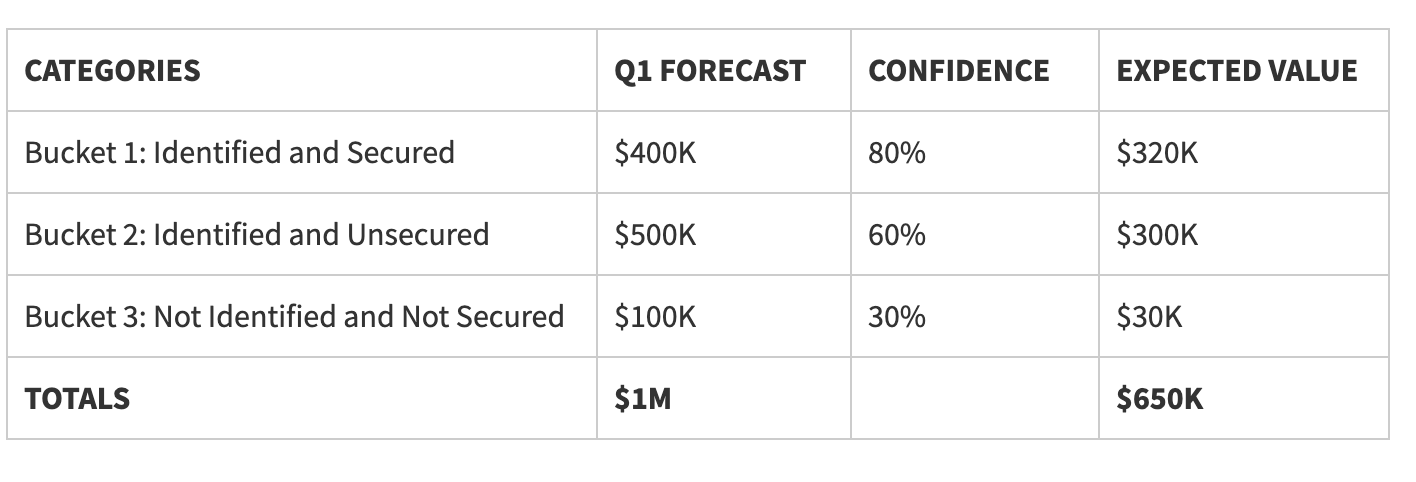Mastering Rightsizing: A Strategic Guide for Business Growth
Allow me to paint a picture of what I’ve witnessed happening to many agencies over the past year.
One of your larger clients has thrown more business your way. Let me rephrase — you’ve earned more business by actively listening to their needs and proactively offering solutions. As a result, you’ve hired folks whose skills are ideally suited to this client’s unique requirements. Now, as you prepare to close out the year, you want to make an accurate forecast of the labor load you should carry into the new year, ensuring you’re not overextending yourself.
For instance, you hired Janet a few months back because her skill set was a perfect match for a new Statement of Work (SOW). However, two things have become painfully clear: (1) The SOW that’s been funding Janet’s salary won’t extend throughout all of next year, and (2) None of your other clients currently require her specific expertise.
You brought her on board six months ago so you only had to cover $50,000 of her $100K salary this year. Come next year, that $100K is going to hit differently unless you can find a way to integrate Janet into other client projects.
While your specific circumstances may differ, I’m confident you’ve grasped the central theme — is your agency the right size for profitability in the future?
In this article, my aim is to guide you through the process of making informed decisions about right-sizing your business.
What is Rightsizing?
The dictionary defines it as “to reduce to an optimal size.” Let me add a bit more color to that definition. Rightsizing is the process of restructuring your business to enhance profitability and align with revised business goals. Typical rightsizing initiatives include workforce reduction, cost-cutting, and changing job roles. It’s important to note that rightsizing doesn’t necessarily imply a net reduction in your workforce. While some employees may be let go to eliminate redundancies, new hires may be necessary to fill gaps in expertise.
Rightsizing vs Downsizing
Downsizing is often a reactive response, implemented during economic hardships to preserve profitability.
On the other hand, rightsizing is a proactive strategy in anticipation of economic challenges. It’s about determining the right size and structure for your business in anticipation of market changes or new business objectives.
Plan The Rightsizing
In our industry, there’s a common saying: “So goes your first quarter, so goes the rest of the year.” If your agency faces a challenging first quarter, you often find yourself playing catch-up for the rest of the year. Those of you with years of experience in running your agencies are nodding in agreement as you read that statement.
Now is the ideal moment to assess your situation and make the necessary adjustments. Below, I’ve provided a simple tool to help you forecast your Q1 2024 revenues by allocating expected income across three categories.
How to Complete the Table:
In the Q1 FORECAST column, you’re providing your estimate for the total revenue expected in each respective bucket.
In the CONFIDENCE column, you’re assessing the probability of achieving your revenue forecast. While it’s impossible to determine the exact probability, you should base your estimate on the information available to you.
EXPECTED VALUE is calculated as follows: Forecast * Confidence.
Below is an example for an agency projecting $1 million in Q1 revenue:
The initial revenue forecast was $1 million. However, considering your confidence levels, the expected value is $650,000. With this revised information, you gain valuable insights to help you rightsize your agency.
Your first impulse after seeing this information is probably to reduce overhead. That’s a fair response. However, it’s important to note that across-the-board cuts often aren’t effective. For instance, everyone taking a 10% hit sacrifices strategic planning for the sake of fairness, which isn’t fair to the people essential for your future goals. Instead, consider whether positions need to be redefined, switched to part time or contract, or simply eliminated. Additionally, look into optimizing different parts of your processes, especially since you’re working with a reduced budget. Decide which outcomes are best produced in-house and which can be outsourced.
This table doesn’t imply that each quarter will yield similar expected values. It serves as a valuable tool to gauge your starting point for the year.
Your Rightsizing Roadmap
Now that you’ve projected your expected revenue, follow this step-by-step process:
Revise your budget to determine the payroll load you can afford.
Select key employees and positions to retain.
Identify overhead costs that can be reduced, excluding salaries.
Avoid across-the-board cuts — they are generally not effective.
Decide how to communicate changes to employees — through a company-wide email, a state of the agency address, or one-on-one meetings.
Provide a sense of closure and security to remaining employees during workforce changes.
Decide whether to stay at the new size or begin working on a plan for growth.
Key Takeaway
As you navigate the path of rightsizing your agency, remember not to lose sight of your unique positioning while striving for cost-saving measures. Making decisive choices today will alleviate employee anxiety, ensuring they can concentrate on their roles without the constant fear of layoffs. Avoid repetitive cuts and focus on the tough decisions, allowing everyone to move forward with confidence. The benefits of rightsizing extend beyond cost reduction; they include streamlined processes, improved staffing alignment to match your goals, and enhanced preparedness for future growth. By embracing this process thoughtfully, you position your agency for a more prosperous and realistic future.



